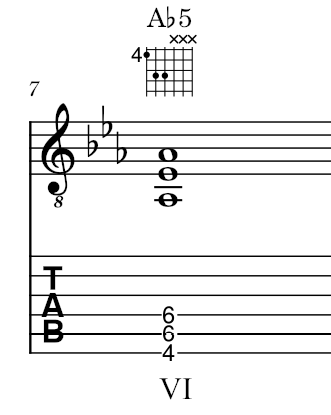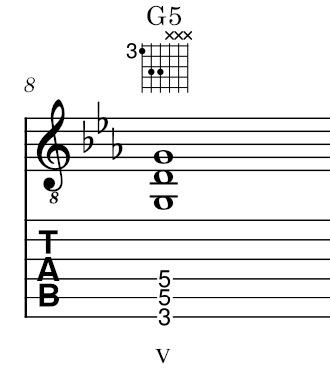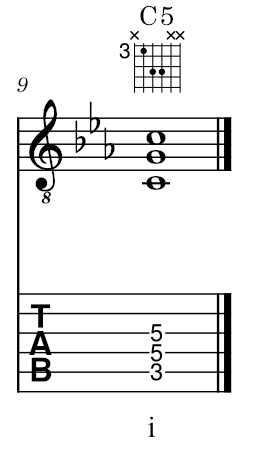Unlocking the Music Theory SECRETS of "Sweet Dreams" by Marilyn Manson
Jul 14, 2023Unlocking the Music Theory SECRETS of "Sweet Dreams" by Marilyn Manson - YouTube
What do you get when you take an 80s pop song and stir it into some nightmare fuel? You get Marilyn Manson's version of "Sweet Dreams", originally by Eurythmics. Today we are going to talk briefly about the backgrounds of each performance, and dive deeper into the music theory behind the Marilyn Manson version. We will look closely at the scales and chords that give the cover song its supreme chill factor. Last week, I happened to be in the exact city that this very song was recorded: New Orleans. Let me tell you, the spooky influence is PALPABLE.
The original version of "Sweet Dreams" is a pop tune that was released in 1983 by Eurythmics. It’s an up-tempo song that clocks in at about 125 beats per minute (BPM). Then in 1995, Manson came along and took what Eurythmics did and siphoned it through his world of darkness. His autobiography describes how he had a "vision" about the song being slower, darker, and sung in his own voice. This resulted in a finished product that clocks in at about 92 BPM. It’s a hauntingly dynamic cover song that we’ll get to know and love even more as we talk about it.
I first heard this song in the 1999 film, House on Haunted Hill, before I even knew who Marilyn Manson was. Years later, I stumbled across the song again and was so excited to finally put a name to the song’s genius. Now, I get to share with you the music theory that brings this song to life.
Music Theory Madness
This cover song is in the key of C minor and is comprised of 2 main riffs: the verse riff and the chorus riff. For starters, the verse riff uses the C minor scale (otherwise known as the Aeolian mode).

Pedal point is used during the first portion of the verse as the 5th and 6th scale degrees are played with the root, C, serving as the pedal point between them. Of note, pedal point occurs when a note is held or repeated during a melody or harmony. From there, we continue the verse by jumping down the flat 6 below the initial C note that's played. A slide is used to bring us from the flat 3 to the 4. This part of the verse presents the Lydian mode.

A similar pattern is played on the 5th of the C minor scale where we get a small taste of the Phrygian mode. We use slides again in this final 3rd of the riff to slide from the 2 to the flat 3 of the C minor scale.

Now we are going to jump into the chorus. What's interesting about the chorus in this song is that there are no vocals/lyrics (at least during the first time it's played). The guitar plays a chord progression using power chords. Each power chord is constructed of a root, a 5th, and an octave. The chorus starts with an Ab power chord, which serves as the VI chord.

It then shifts to a G power chord, which serves as the v chord.

The third chord in this progression is a C power chord, which serves as the i chord.

In summary, the chord progression uses a VI, v, and i chord. If you're lost at this point, check out this video where I go in depth on the Roman numeral system. Just keep in mind that since this song is in a minor key, the Roman numerals are a bit different than what is demonstrated in the Roman Numeral system video. However, the concept will get your feet wet if you're unfamiliar with the significance of Roman numerals in music theory.
So now that we’ve briefly discussed the backgrounds of each song and dissected the scales and chords used in the Marilyn Manson version, which do you like better? The cover by Marilyn Manson or the original by Eurythmics? Either way, the fact that the same song can be executed in two completely different ways just illustrates the limitless extent of music.
Optimize your practice routine in 5 minutes with my simple, powerful, scientifically driven tool for guitarists.


